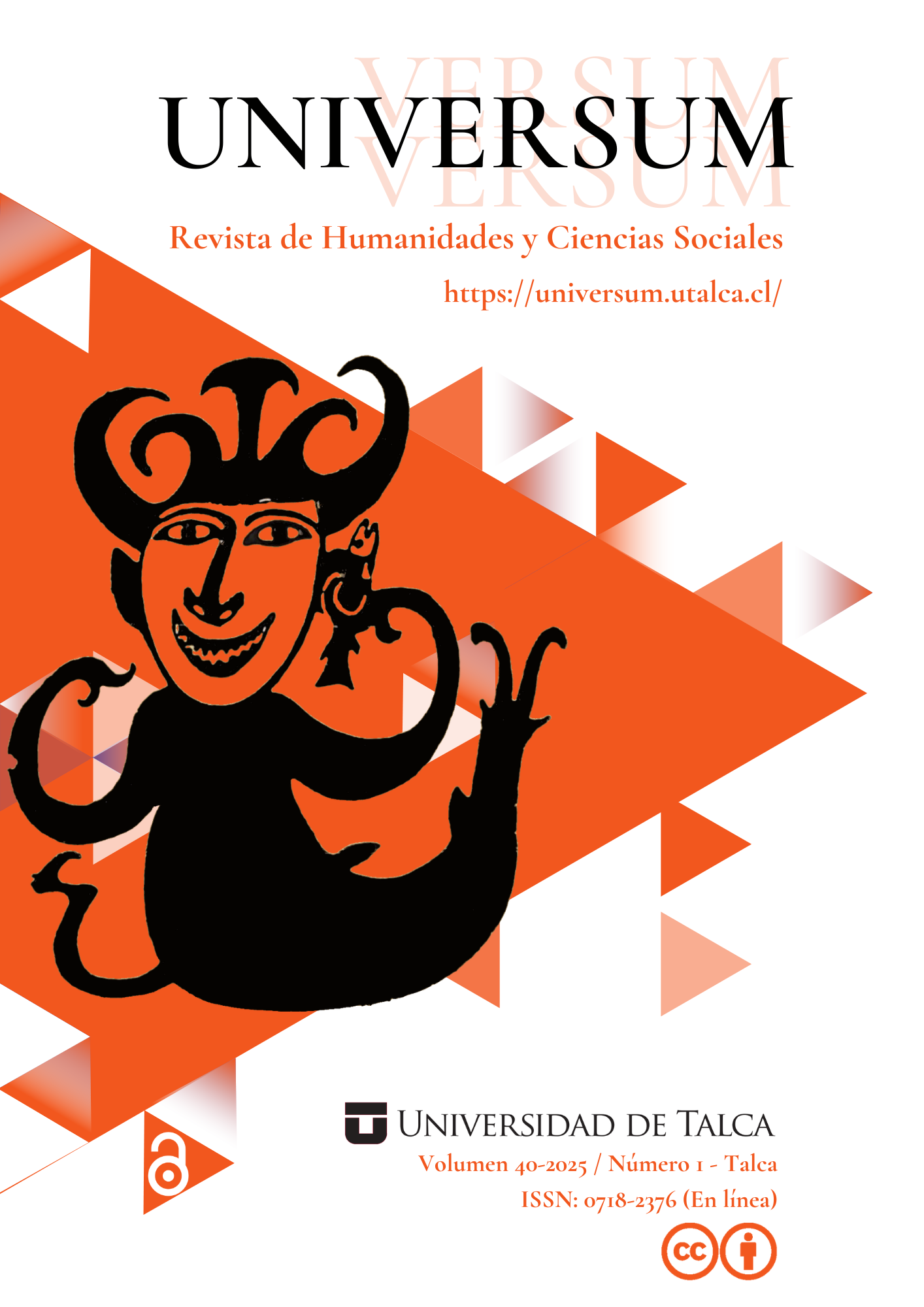Abstract
After the assassination of Ernesto Che Guevara in 1967, his myth became a central theme for political and artistic movements active between the 60s and 70s, mainly in Latin America. In the work of Hélio Oiticica (HO), we see intertextual elements that evoke the figure of this revolutionary, referring to the social context of oppression experienced in Brazil during the military dictatorship. Through some literary works, correspondences, heliotexts and references to the Apocalipopótese event, we will interpret two plastic works such as Guevarcália and the Bandeira Guevara commissioned from the artist Claudio Tozzi and incorporated by the author in several events. By analyzing these works, we will try to decipher some conceptual topics of Oiticica's artistic position in the debate between committed and marginal artists, observing the heterogeneous creative reaction to the military coup of 1964. Thus, we will briefly examine the figure of the artist, the hero, the revolutionary and the marginal considering the reiteration and reformulation of Guevarian iconography and mythology in the plastic and literary work of Hélio Oiticica.
References
Buchmann, S., & Cruz, M. J. H. (2013). Hélio Oiticica and Neville D’Almeida Block-Experiments in Cosmococa – program in progress. Afterall.
Cambre, M. C. (2015). The semiotics of Che Guevara: affective gateways. Bloomsbury.
Chagas, T. S. (2021). A noção de happening em Arte no Aterro (1968). ANPUH Brasil – 31º Simpósio Nacional de História. https://www.snh2021.anpuh.org/resources/anais/8/snh2021/1629484797_ARQUIVO_9abb3b505eb88023eb5c7acb17e0a65b.pdf.
Coelho, F. (2010). Eu, brasileiro, confesso minha culpa e meu pecado: cultura marginal no Brasil das décadas de 1960 e 1970. Civilização Brasileira.
Cera, F. L. B. (2012). Arte-vida-corpo-mundo, segundo Hélio Oiticica. [Tese de Doutoramento, Universidade Federal de Santa Catarina]. http://repositorio.ufsc.br/xmlui/handle/123456789/100606.
Daniel, H. (1982). Passagem para o próximo sonho. Codecri.
David, C. (1997). O grande labirinto. In Hélio Oiticica - Catálogo. Centro de Arte Hélio Oiticica.
Donadel, B. D. (2010). Hélio Oiticica e o Sentido da Participação do Público na Arte Brasileira dos anos 60: da “Obra Aberta” ao “Exercício Experimental da Liberdade” [Dissertação de Mestrado, Universidade Federal de Santa Catarina]. http://repositorio.ufsc.br/handle/123456789/103291.
Eco, U. (1991). Obra aberta. Forma e indeterminação nas poéticas contemporâneas. Perspectiva.
Garramuño, F. (2016). Todos somos antropófagos. Sobrevivencias de una vocación internacionalista en la cultura brasileña. Cuadernos del Centro de Estudios en Diseño y Comunicación. Ensayos, (60),1-10.
http://www.scielo.org.ar/scielo.php?script=sci_arttext&pid=S1853-35232016000500009&lng=es&nrm=iso.
Harris, L. (2018). Experiments in exile: C.L.R. James, Hélio Oiticica, and the Aesthetic Sociality of Blackness. Fordham.
Lima, M. A. de. (1968). Marginália: Arte & cultura na idade da pedrada. O Cruzeiro, 44–56. Projeto HO, (256 - 0799/68).
Masseno, A. (2024). Representações fora da lei: Hélio Oiticica e as imagens de Cara de Cavalo e Alcir Figueira. Língua-Lugar: Literatura, História, Estudos Culturais, 1(6), 20–38. https://doi.org/10.34913/journals/lingua-lugar.2023.e1482 .
Medeiros, A. P. (2017a). Sob o signo da morte: aparições de “Che” Guevara no trabalho de Claudio Tozzi (1967-1968) [Dissertação de Mestrado, UNICAMP]. https://doi.org/10.47749/T/UNICAMP.2017.983032.
Medeiros, A. P. (2017). As censuras contra “Guevara, vivo ou morto…” de Claudio Tozzi. Palíndromo, 9(19), 43–66. https://doi.org/10.5965/2175234609192017043
Medeiros, A. P. (2014). O real como trauma nos Guevaras de Claudio Tozzi. X Encontro de História Da Arte, 23–31. https://www.ifch.unicamp.br/eha/atas/2014/Alexandre%20Pedro%20de%20Medeiros.pdf
Oiticica, H. (1968a). O herói anti-herói e o anti-herói anônimo. Projeto HO (0131/68). Datiloscrito.
Oiticica, H. (1968b) Carta para a Lygia Clark, Projeto HO (506 - 1031/68). Datiloscrito.
Oiticica, H. (1968c). Poesia para livrodocumento, Projeto HO (1386 - 0161/68). Datiloscrito.
Oiticica, H. (1968d). Apocalipopotese no Aterro, Projeto HO (1369 - 0146/68). Datiloscrito.
Oiticica, H. (1968e). Capa16-Guevarcália: in memoriam Guevara, Projeto HO (2241/68). Foto.
Oiticica, H. (1969a). Apocalipopotese, Projeto HO (1431 - 0387/69). Datiloscrito.
Oiticica, H. (1969b). Conto. Projeto HO (1460 - 0390/69). Datiloscrito.
Salomão, W. (2003). Hélio Oiticica: Qual é o parangolé? e outros escritos. Rocco.
Ventura, Z. (2000). O vazio cultural. In Ventura, Z. et al. Cultura em trânsito: da repressão à abertura (pp. 40-51). Aeroplano Editora.
Marcuse, H. (1975). Eros e civilização. Zahar.
Pellegrini, T. (2001). Ficção brasileira contemporânea: ainda a censura? Acta Scientiarum, 23(1), 79–86.
Sutherland, J. P. (2009). Nación Marica. Prácticas culturales y crítica activista. Ripio.
Teixeiro, A. M. (2010). A obra literária de Hilda Hilst e a categoria do obsceno – Entre a convenção e a transgressão: o erótico-pornográfico, o social e o espiritual [Tese de Doutoramento, Universidade da Coruña]. http://hdl.handle.net/2183/7341.
Teixeiro, A. M. (2020). Hélio Oiticica y la blanca singularidad simultánea de Newyorkaises. Estudios filológicos, (66),93–112. http://dx.doi.org/10.4067/S0071-17132020000200093.
Vieira, F. A. C. (n.d.). Subcomandante Marcos. Portal Contemporâneo Da América Latina e Do Caribe - Universidade de São Paulo. https://sites.usp.br/portalatinoamericano/espanol-marcos-subcomandante.

This work is licensed under a Creative Commons Attribution-NonCommercial 4.0 International License.
Copyright (c) 2025 Universum (Talca. Online)












